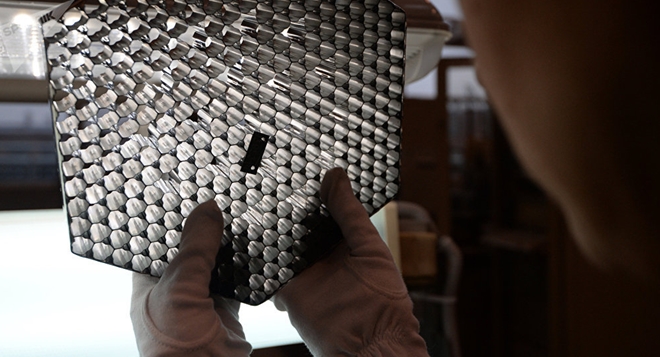Russian scientists create new breakthrough material for nuclear reactors
Today, zirconium alloys are the main material used in the fuel-element casings containing uranium oxide pellets. The material features high erosion and corrosion resistance in water, along with a low thermal neutron capture cross-section (the property characterizing the probability of chemical interaction between neutron particles and the atom nucleus).
 |
However, zirconium alloys are also known to have several drawbacks, including the generation of heat in water and the production of hydrogen, which accelerates the degradation of the fuel-element casings. This occurs during zirconium-steam reactions, which take place when temperatures reach above 700 degrees Celsius, which can be very dangerous in emergency situations at water-cooled nuclear power stations. A zirconium-steam reaction is believed to have been one of the causes of the Fukushima Daiichi nuclear disaster in 2011.
Nuclear physicists around the world have long discussed the possibility of replacing zirconium alloys with a refractory molybdenum alloy casing, which, like zirconium, has high corrosion resistance, but also higher thermal conductivity. The main drawback to the material has traditionally been its expense, which requires an increase in the degree of the uranium's enrichment, and thus makes the technological process much more expensive.
However, Russian scientists believe they may have found a solution, in the form of an isotopically modified molybdenum, created using centrifugal isotope separation technology, which allows for the creation of an alloy with thermal neutron capture cross-section figures similar to or even smaller than that of zirconium.
Valentin Borisevich, professor at MEPHI's department of molecular physics, told Russia's RIA Novosti that the university's study has provided researchers with "all the information necessary for the design of a separation system for the large-scale production of isotopically modified molybdenum on the basis of existing Russian technology for the separation of non-uranium isotopes in gas centrifuges." If introduced, the technology could lead to substantial increases in nuclear power plant safety.
The university's study, published in the peer-reviewed scientific journal Chemical Engineering Research & Design, was made possible thanks to support from the Russian Foundation for Basic Research, and in cooperation with the department of engineering physics at Tsinghua University in Beijing, China.

